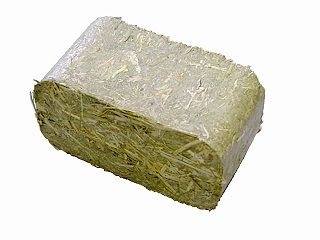Biomass Briquettes

Biomass briquettes are not an important element of the American industrial process. At this point, almost all our electricity comes from our power utilities, and the energy generators who supply them. (In some cases those two are one in the same, though in many of our regions the generation and the transmission/distribution are decoupled.) The component of biomass is close to zero in this mix, and what there is would be waste wood and municipal solid waste.
On the other side of the coin, we have transportation, which represents about 30% of the total energy consumed here in the United States. Almost all of that, of course, is gasoline and diesel.
What you’re talking about is an example of distributed generation, which, while it is becoming more popular, is still an extremely small percentage of our overall power consumption, and even when customers, which can be either homeowners or commercial and industrial interests, choose to go in this direction, it’s almost exclusively solar photovoltaics.
Wood pellets are a huge deal in Europe, where they’re doing everything they can to get off coal.

Biomass briquettes are better suited to heat production or possibly on site CHP than for pure play electricity as the efficiency of thermal conversion to electricity is not great. This also facilitates more local utilisation of secondary farm and forestry products like straw along with sawdust, wood bark, and contaminated / sub-standard food stuffs not fit for the marketplace.
If used in a pyrolysis rather than full combustion process, they also allow the production of “char preta” a high surface area form of charcoal which can be used as a soil improver assisting in holding micro-nutrients, and root formation whilst storing stable carbon in the soil.
Good points here. Thanks.